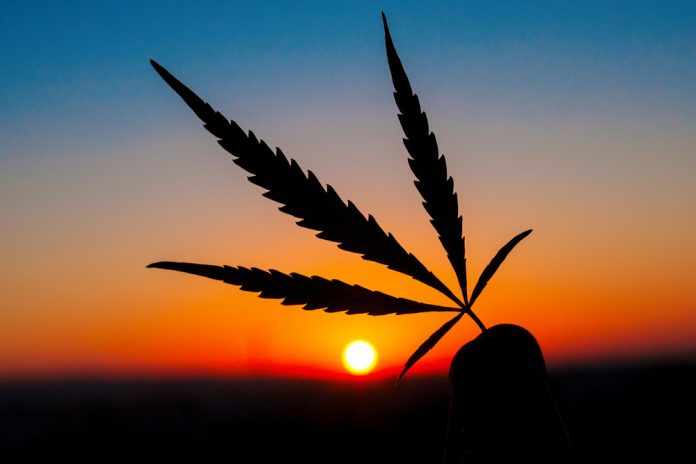While cannabis-related companies have become the newest, most exciting thing on the market in light of the pending Canadian legalization of marijuana on October 17th, experts have been more than worried that the nation could face a critical shortage of cannabis over the next few months.
Fourth largest Canadian cannabis producer Aphria Inc (TSX: APH) warned that product shortages were an inevitability. “There will not be any complete satisfaction by any of the provincial regulators out of the box,” said Aphria CEO Vic Neufeld in a discussion about the companies latest financial reports. He added that there are “supply chain issues abounding everywhere with every LP,” and that “sold out signs” on cannabis retailers across the country will be a common sight.
While producers are eager to increase cannabis production to fill in this demand, companies are facing struggles in trying to fill their labor source. Aphria stated that it is “unable to fill all the open greenhouse positions due to a lack of qualified local labor,” leading to an overall output below their maximum capacity.
According to a study released a few days ago from the University of Waterloo and the C.D. Howe Institute, the supply of legal marijuana in Canada can only meet between 30 to 60 percent of total demand after legalization. Current estimates put the global Canadian output at 210 tonnes – or 210,000 kilograms, within the first year, which falls short from the estimated 610,000-kilogram demand expected from the Canadian market.
“There will not be enough legal supply, especially during the first half of the year following legalization, primarily because of the slow rate of licensing producers,” said Anindya Sen and Rosalie Wyonch, according to BNN Bloomberg.
Government-operated and private retailers are scurrying to prepare their dispensaries and e-commerce portals for business on day one in light of these concerns. However, the authors of the report do mention that this shortage is likely to be “short-lived” – likely only to last two or three months – as more producers are licensed and cultivation facilities expanded over time. In the meantime, underground dealers will still likely be doing business during this time.
When estimating supply and demand levels using the price of $9 per gram, provincial and federal governments would miss out on $774 million in potential sales tax revenue due to this supply gap. In last years federal budget, the Canadian administration estimated they would raise $220 million annually between 2022-2023 from legalized marijuana, an estimate that now seems overly conservative.
In addition to struggles in fulfilling the demand for retail marijuana consumption, producers will also have to juggle the demand from the medical market. As of June 2018, approximately 330,000 Canadians had prescriptions for medical marijuana, while only 66,404 kilograms of cannabis was available through licensed producers, and only 4,700 kilograms of that amount was sold for medical purposes, according to the Financial Post.
Aphria’s CEO also concurs that the shortage will only be short-lived, adding that “By the spring of 2019, I’d say April or May of 2019, we will be producing over 20,000 kilos a month. That’s enough to serve 50 percent or 40 percent of projected recreational use in one year in Canada.”
During the shortage, prices of marijuana are expected to rise in adjustment to demand, before later returning to normal levels in response to the additional production output.










